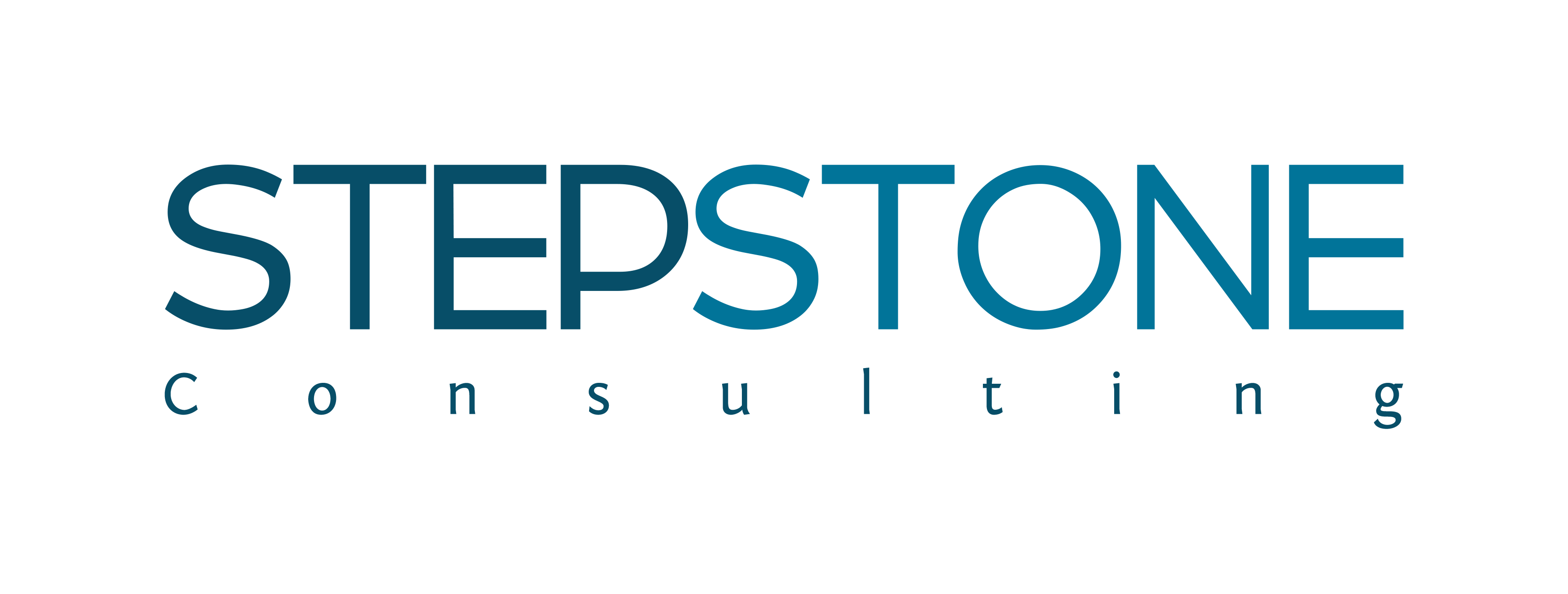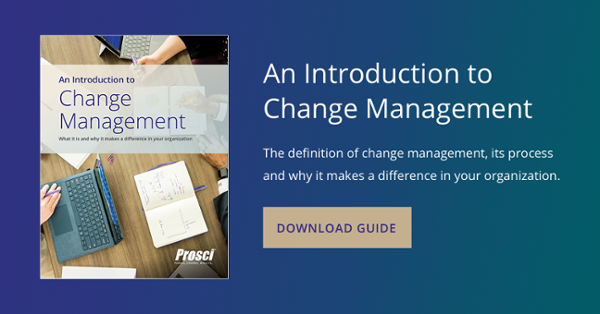We have experienced a torrent of change in our organisations over recent years. The volume and velocity of change shows no sign of slowing down. If anything, it is likely to increase. Leaders in organisations are faced with the challenge of delivering on change while retaining an engaged, committed and healthy workforce.
However, this volume and pace of change can take a significant mental and physical toll on our people. We can see this impact in a number of ways, often referred to as change fatigue.
As a senior leader you may suspect this is the situation in your own organisation. How can you tell if your people are experiencing change fatigue? What impact does it have and what can you do to help?
What is change fatigue?
Change fatigue is associated with another phenonenon in organisations known as change saturation. If your organisation is experiencing change saturation then your people may be exhibiting change fatigue. Change saturation occurs when an organisation begins to undertake more changes than it can absorb. You can tell when your organisation is overloaded when, for example, turmoil becomes normal, there is difficulty deciding what project gets priority, bottlenecks slow progress, or project outcomes are less than expected.
When your organisation goes through change saturation, your people may start to show signs of change fatigue personally and professionally. Given the volume and pace of change in recent times, it is perfectly understandable why this may happen. Since 2020 employees all over the world have adopted remote working, new business models, new technologies, new operating models, changes to government regulations, moving everything online, culture initiatives, and so much more. In addition to that, the always-on expectation of our virtual workplaces adds additional strain.
Change fatigue signs to look out for
So, how can you tell when your employees are fatigued? Here are 7 common signs that your people may be experiencing change fatigue in response to change saturation.
Volume - More strident and persistent complaints or worries being voiced.
Apathy - Increasing disinterest in new project changes or complete withdrawal by some.
Burnout - Employees are visibly fatigued, their tolerance for change and resilience seems lower.
Stress – People seem more anxious about changes or the future or question their capacity to absorb the change.
Resistance – Some people resist more or less than usual. Perhaps resistance to smaller changes is disproportionate to the impact involved.
Negativity - You're hearing a lot more negative language about the change or the organisation itself. The stories people tell each other and how they tell them can be a pointer here.
Scepticism - People are sceptical about the change, its rationale or feasibility and if they will succeed in making the transition involved.
As well as the effects they themselves are experiencing, when your people are showing these signs it also has an impact on other colleagues, your projects' success and your organisation’s performance. We can see potential impacts in terms of reduced productivity, poorer engagement scores, increased sickness absence or resignations of valued colleagues.

Do some roles experience more change fatigue than others?
All of your people may notice and be affected by change, however Prosci Best Practices in Change Management benchmarking research shows that people in certain functional roles experience change saturation more than other employees may do. Roles that revolve around assisting a business to carry on working steadily while using interpersonal, communication and project management skills can experience higher levels of change fatigue. This can include customer support, sales, HR, project and change management office personnel. People managers may also feel impacts before others. While they are still adjusting to the change and its impact on themselves as individuals, they are expected to lead and implement the change in their areas.
Noticing the signs early can make a huge difference in avoiding the detrimental long term effects on people, your organisation's customers and the business itself. Change saturation may not always be entirely preventable but effective change management can help substantially.
Where do we start?
At the project or initiative level
For Project Sponsors, project and change practitioners, or middle managers, the immediate concern may be the effect of change fatigue on the success of a specific project or initiative. Here the application of effective change management can have substantial benefits by measuring change impact and readiness, developing and implementing change management plans and aligning those plans with key project milestones. Change management metrics can provide valuable data and insights when planning or implementing change to minimise the risks or impact of change fatigue.
However, the nature of change fatigue is such that the human and organisational effects we observe now are often the result of the cumulative impact of numerous prior changes as well as business-as-usual demands. To break the cycle will likely require a more organisational level approach.
At the organisation or function level
Change Portfolio Management goes beyond the application of change management at the project or initiative level. The methods, processes and tools used help to ensure that we bring a people-side perspective to planning and implementing the portfolio of change projects and initiatives in the organisation. By more effectively managing the root causes of change saturation we can influence the level of change fatigue.
The Prosci ADKAR®️ Model provides a helpful step-by-step approach to encouraging the adoption and use of Change Portfolio Management.
Establish the scope and scale of the problem
For example,
- Measure the current level of saturation either quantitatively through surveys and project performance metrics, for example, or qualitatively through interviews or facilitated workshops.
- Leverage existing organisational systems and channels, such as performance appraisals, to determine the extent of saturation and how it is affecting your employees.
Raise awareness and desire among key stakeholders, peers and direct reports
For example,
- Gather summary information on the changes that have been happening over time so you can recognise and relate to their impact on people. Try to connect impact and evidence of fatigue with project performance or organisational performance challenges across time.
- Communicate your results by, for example, visualising where the most impact is. Use stories and quotations to convey the human and organisational impact of change fatigue and the necessity for the organisation to address it.
- Position Change Portfolio Management as a way to help the organisation not only address existing fatigue issues but also prevent or mitigate them in future.
Build knowledge and ability around Change Portfolio Management tools
For example,
- Engage project-related roles (sponsors, project managers, etc.) to introduce change portfolio management visualisation tools and resources.
- Co-develop a change portfolio view of a demonstration sample of projects across the organisation, or a sub-portfolio in a function, and socialise it with a broader audience to explore challenges and opportunities.
- Integrate conclusions and ideas into programme or project planning and scheduling. Keep a record of what adjustments were made as a result of the change portfolio management approach.
Reinforce the benefits
For example,
- Keep a journal to track what adjustments were made and tactics survey colleagues to capture observations and learnings so you can gauge what change portfolio management tools or resources are most valuable.
- Develop and use a change scorecard and capture change performance metrics for individual projects and demonstration set as a whole. Try to capture similar metrics for some non-demonstration projects.
- Feed back the comparative results for both sets of projects. Again, gather stories, examples and quotations to contrast with those you gathered previously.
We may have limited or no control over the drivers of change in our organisations. However, change saturation and change fatigue are not inevitable. With effective change management at the project level, and change portfolio management at the organisational level, you can empower your people to thrive through change.

Written By Angelo McNeive
Angelo McNeive is Co-founder and Head of Change Practice for STEPSTONE Consulting. He helps organisations become more human places to work by developing their enterprise change and project management capabilities. Angelo is a Chartered Psychologist in Ireland and a Chartered Fellow of the CIPD.


